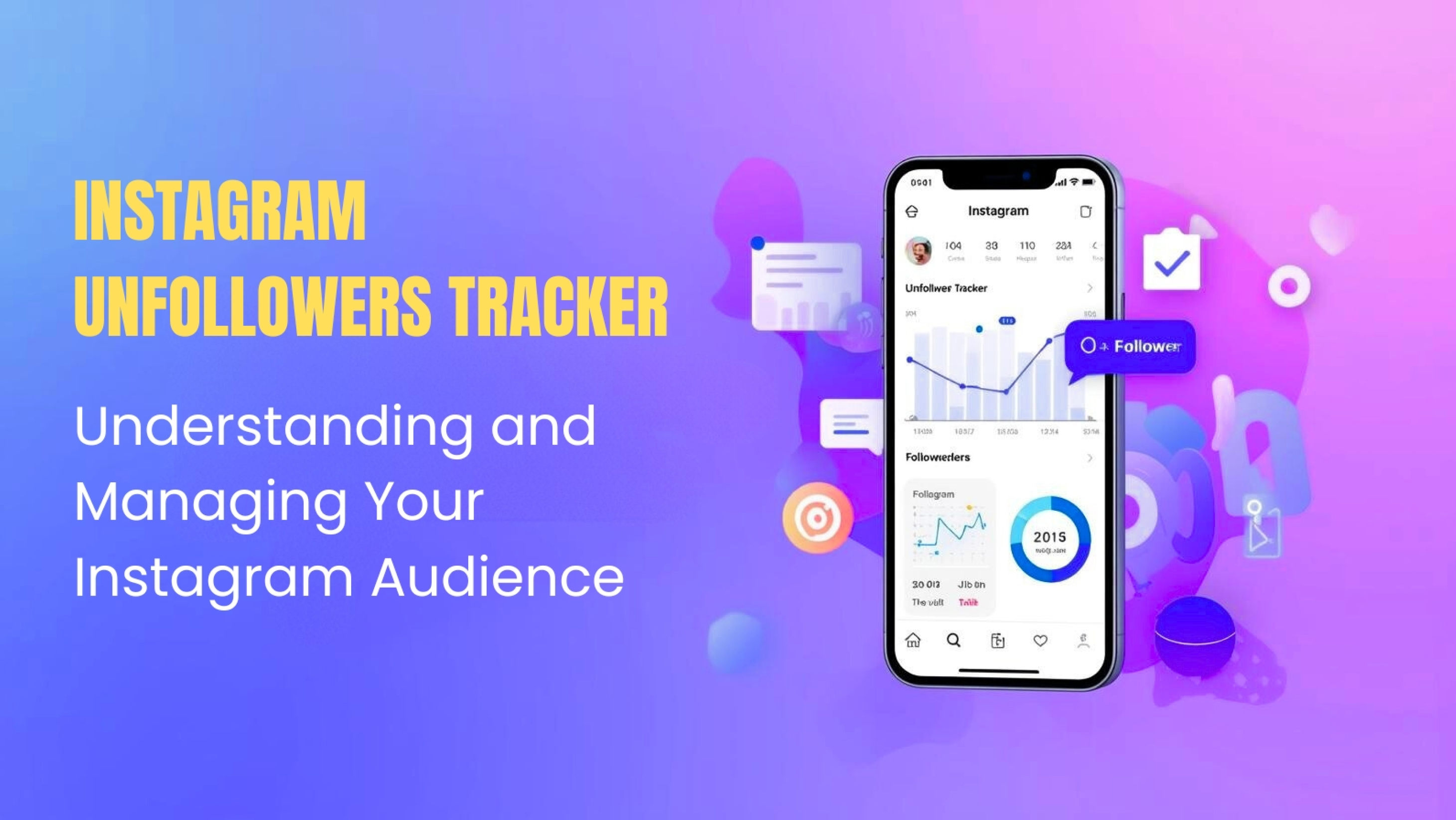In the dynamic and ever-evolving world of digital design, the importance of pixel perfection cannot be overstated. Whether you're a seasoned designer or just stepping into the realm of UI/UX, mastering the art of pixel perfection is essential for creating visually appealing and user-friendly interfaces.
Enrolling in a UI UX Design Course Online provides structured learning, hands-on practice, and expert guidance. It complements the blog's tips, enhancing skills and understanding for achieving pixel perfection effectively.
In this blog post, we'll explore some simple yet effective tips to elevate your UI/UX designs to pixel perfection.
Understanding Pixel Perfection
Pixel perfection goes beyond just making things look pretty; it's about ensuring that every element aligns perfectly on the screen, creating a seamless and visually harmonious user experience. A pixel-perfect design pays attention to details, maintaining consistency in spacing, sizing, and alignment, resulting in a polished and professional appearance.
Establish a Grid System
Establishing a grid system is the foundational step toward achieving pixel perfection in UI/UX design. A grid acts as an invisible structure that organizes and aligns elements on the screen, creating a visual harmony within the interface. By defining a baseline grid, designers set a consistent framework for placing and spacing elements, ensuring a systematic and organized layout.
The grid system provides a sense of order and coherence, making it easier for users to navigate through the interface. It aids in maintaining proportional relationships between various elements, such as buttons, images, and text boxes, resulting in a polished and professional appearance. Whether designing for websites, mobile apps, or other digital platforms, a grid system fosters a disciplined approach to layout and composition.
Designers can leverage the grid to guide the placement of content, aligning elements to specific columns and rows. This precision not only enhances visual appeal but also streamlines the design process, allowing for a more efficient workflow. In essence, establishing a grid system is like creating a blueprint for pixel perfection, laying the foundation for a cohesive and visually pleasing user experience.
Consistent Spacing and Alignment
Consistency is key when aiming for pixel perfection. Pay meticulous attention to the spacing between elements, maintaining uniform margins and padding. Inconsistencies in spacing can lead to a cluttered and confusing interface, diminishing the overall user experience.
Similarly, ensure that text, images, buttons, and other elements are aligned correctly. Misaligned elements can create a sense of disorder and unprofessionalism. Most design tools offer alignment guides and tools; leverage them to achieve pixel-perfect alignment effortlessly.
Use High-Quality Assets
Using High-Quality Assets is a critical aspect of achieving pixel perfection in UI/UX design. High-quality assets contribute significantly to the overall visual appeal and professionalism of the interface. When we talk about assets, we refer to images, icons, graphics, and any visual elements incorporated into the design.
Opting for high-resolution images ensures clarity and sharpness, preventing pixelation that can detract from the user experience. Icons and graphics in vector format are preferred as they can be scaled without losing quality, offering flexibility across various screen sizes and resolutions.
Quality assets not only enhance aesthetics but also convey a sense of credibility and attention to detail. Users are more likely to engage with a design that features crisp, clear visuals, creating a positive impression of the brand or product.
Leverage Consistent Typography
Leveraging consistent typography is a pivotal aspect of achieving pixel perfection in UI/UX design. The choice of fonts, sizes, and weights significantly influences the visual coherence and user experience of an interface. To uphold consistency, designers should limit their selection of fonts, choosing ones that align with the brand identity and overall design aesthetic. Uniformity in font styles across headings, subheadings, and body text not only creates a visually harmonious layout but also fosters a sense of cohesion and professionalism.
Beyond font choice, meticulous attention to detail in typography is crucial. Maintaining consistent line spacing, letter spacing, and paragraph indentation enhances the readability of text, contributing to a seamless user experience. Consistent typography isn't merely an aesthetic consideration; it plays a functional role in guiding users through the content and conveying information effectively.
By adhering to a set typography style guide, designers ensure that their creations convey a polished and intentional look. This attention to detail not only reflects a commitment to quality but also establishes a foundation for a positive user interaction, where text is not only informative but also visually engaging and easy to comprehend.
Test Across Devices
Pixel perfection should not be confined to a single device or screen size. To ensure a seamless user experience, test your designs across a variety of devices, including desktops, laptops, tablets, and smartphones. Different screen resolutions and aspect ratios can impact the way your design is displayed, and testing helps identify and address any issues.
Consider using responsive design techniques to adapt your interface to different screen sizes. This ensures that your design remains pixel perfect regardless of the device, providing users with a consistent and enjoyable experience.
Pay Attention to Detail
Paying attention to detail in the context of pixel perfection involves a meticulous examination of every element within your design. It means zooming in and scrutinizing individual pixels to ensure uniformity, sharpness, and alignment. This process extends beyond the broad strokes of layout and color scheme, delving into the granular aspects that collectively contribute to a polished design.
Inspect borders, icons, and text at a pixel level, correcting any inconsistencies or imperfections. Even the subtlest misalignment or blurry edge can detract from the overall professionalism of your interface. By addressing these minutiae, you demonstrate a commitment to excellence that discerning users will appreciate.
This attention to detail is not merely about aesthetics; it directly influences user experience. A pixel-perfect design reflects a dedication to providing users with a seamless, visually pleasing interaction. It communicates a sense of reliability and precision, fostering trust and engagement.
Conclusion
In the competitive landscape of UI/UX design, pixel perfection sets the standard for creating interfaces that not only look great but also provide an optimal user experience. By establishing a grid system, maintaining consistent spacing and alignment, using high-quality assets, leveraging consistent typography, testing across devices, and paying attention to detail, you can elevate your designs to a level of precision that captivates users and enhances usability.
Remember, pixel perfection is an ongoing process that requires attention, dedication, and a commitment to delivering the best possible user experience. Incorporate these tips into your design workflow, and watch as your UI/UX creations achieve a level of excellence that sets them apart in the digital landscape.
















Post Comments